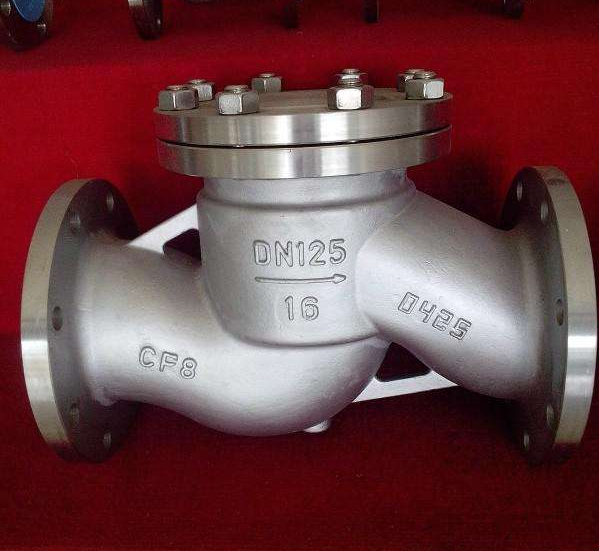Parallel Slide Gate Valve - High Performance Isolation & Control Solutions
Understanding Parallel Slide Gate Valves Design and Applications
Parallel slide gate valves are specialized devices designed to control the flow of fluids in various industrial applications. Their unique design and functionality make them essential in sectors like water treatment, oil and gas, and power generation. This article explores the operational principles, design features, and applications of parallel slide gate valves.
Design Features
The parallel slide gate valve operates through two sliding plates that move parallel to each other to open or close the flow path. Unlike traditional gate valves that use a wedge mechanism, the parallel slide design allows for a more direct flow of fluid and reduces the risk of jamming. The sealing surfaces of the plates are often equipped with resilient materials, ensuring a tight seal when the valve is closed. This feature minimizes leakage, which is critical in applications involving hazardous or expensive fluids.
The valves are typically made from durable materials such as cast iron, stainless steel, or other alloys, which enables them to withstand harsh environments, including high pressures and corrosive substances. Their robust construction ensures long service life and minimal maintenance, making them a cost-effective choice for industries with rigorous operational demands.
Operational Principles
The operation of a parallel slide gate valve is straightforward. When the actuator (manual or automated) is engaged, it causes the sliding plates to move apart, allowing fluid to pass through the valve. Conversely, when the actuator is deactivated, the plates slide together to create a tight seal. This simple yet effective mechanism makes parallel slide gate valves highly reliable for on/off flow control.
parallel slide gate valve

The design of these valves allows for a smooth and uninterrupted flow path, which is particularly beneficial in applications requiring minimal pressure drop and turbulence. Additionally, the parallel motion of the plates reduces wear on the sealing surfaces, leading to improved longevity compared to other types of gate valves.
Applications
Parallel slide gate valves are widely used across various industries due to their efficiency and reliability. In water treatment facilities, they serve as isolation valves to manage the flow of water through treatment processes. In the oil and gas sector, these valves control the flow of crude oil, natural gas, and other hydrocarbons, where leakage prevention is paramount.
Moreover, power generation plants utilize parallel slide gate valves in boiler and cooling systems to ensure safe and efficient operation. The ability to provide a tight seal in high-pressure environments makes them suitable for steam applications as well. In addition, these valves are also applied in mining and mineral processing industries, where they control the flow of slurries and other abrasive materials.
Conclusion
In summary, parallel slide gate valves are vital components in fluid control systems due to their effective design, reliability, and long service life. Their unique mechanism of sliding plates allows for a tight seal and minimal flow resistance, making them suitable for various demanding applications. As industries continue to prioritize efficiency and safety, the importance of parallel slide gate valves will only grow, solidifying their place in the realm of industrial fluid management.
-
The Key to Fluid Control: Exploring the Advantages of Ball Valves in Industrial SystemsNewsJul.09,2025
-
The Versatile World of 1, 2, and 3 Piece Ball ValvesNewsJul.09,2025
-
Stainless Steel Ball Valves: The Ideal Choice for Efficient Flow ControlNewsJul.09,2025
-
Optimizing Fluid Control with Ball Float ValvesNewsJul.09,2025
-
Manual Gate Valves: Essential for Control and EfficiencyNewsJul.09,2025
-
Everything You Need to Know About Butterfly ValvesNewsJul.09,2025
-
The Versatility of Wafer Type Butterfly ValvesNewsJul.08,2025




